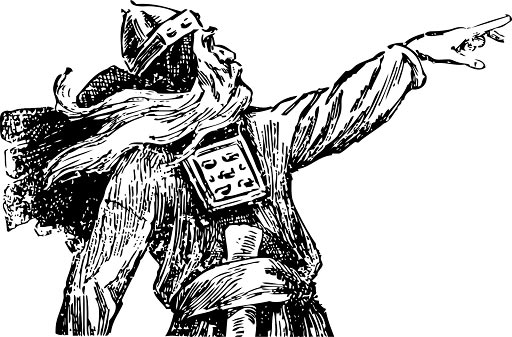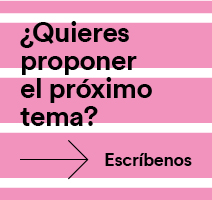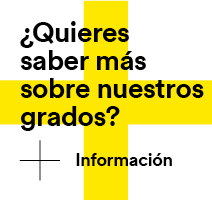Give your opinion
The false myth of national heroes
Paula Rodríguez Mora, student of the double Degree in History and Journalism, invites us to reflect on the mythologised figure of national heroes and the consequent work of critical reflection that they deserve.

"When error becomes collective it acquires the force of a truth."
-Gustave Le Bon
History would not be the same without those "white lies" that we find among ancient archives and documents in dead languages. Among those traces that help us to understand the past, its incredible adventures and dubious events are one of the most fascinating obstacles of historiography: historical figures.
The most obvious cases of mythification could be attributed to national heroes who are born out of the unanimity that considers them worthy of the almost messianic degree scroll . In El Cid, William Wallace, Simón Bolívar or - not to go too far - Gandhi, decorations are hidden and facts are eliminated which, in the end, end up idealising and valuing their persons as uncorrupted. What is camouflaged in a collective personification ends up condemning us to the dangerous game of manipulating the truth.
It should be clear that these heroes transcend a decorative function to achieve meaning within a community. Their main mission statement is to raise collective identity or an ideological message under an excess of emotional charge. They are presented as a Jesus of the homeland. It would not be out of place to detect in this an obvious cultural propaganda.

In addition to function, similarities can be detected in the criteria for application to the post of national hero, despite certain variations. First, belonging to the male sex - apart from Joan of Arc, official heroines can be counted on the fingers of one's hands. Second, to have fought - or better still, to have sacrificed oneself - in some battle or conflict - hopefully for independence. Third, to have left a mark in art, literature, music or homonyms. Finally, the questioning of the figure's own existence. Juan Santamaría, Costa Rica's national hero, is a case in point: he has given the country a public holiday, at least five songs about his biography, three statues, a name for the airport and extensive debates about his myth, as well as the image of the Costa Rican, originally from the countryside, humble and willing to offer his life for the autonomous future of the nation. Without further ado, the complex historical and social process is reduced to a few factors.
Subtly, the honourable and courageous deeds of these heroes completely overshadow their worst moments. However, dismissing the achievements - if plausible - rejects the truth. Likewise, neglecting the other half is just as damaging. Being victims of myth, we tend to reflect life in a cartoon where we categorise humans who, by nature, had light and shadow, as "good" and "evil". Thus, non-existent perfect figures are created, without doubts or mistakes. The heroic guerrilla, Che Guevara, liberated Cuba from a hegemonic American dictatorship and led it to another where opponents were executed without trial. Gandhi defended an Indian minority and valued Africans as inferior during his stay in South Africa. One can - and should - appreciate one act and condemn the other.
Until we attain sufficient curiosity and critical reflection of the past, we will not be able to look with human eyes at those we call heroes or villains.
If you liked the article, you might be interested in one of our Degrees!









